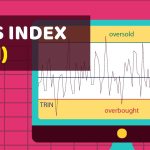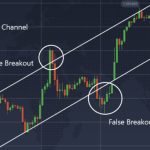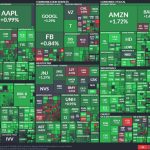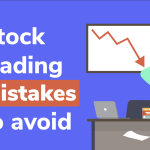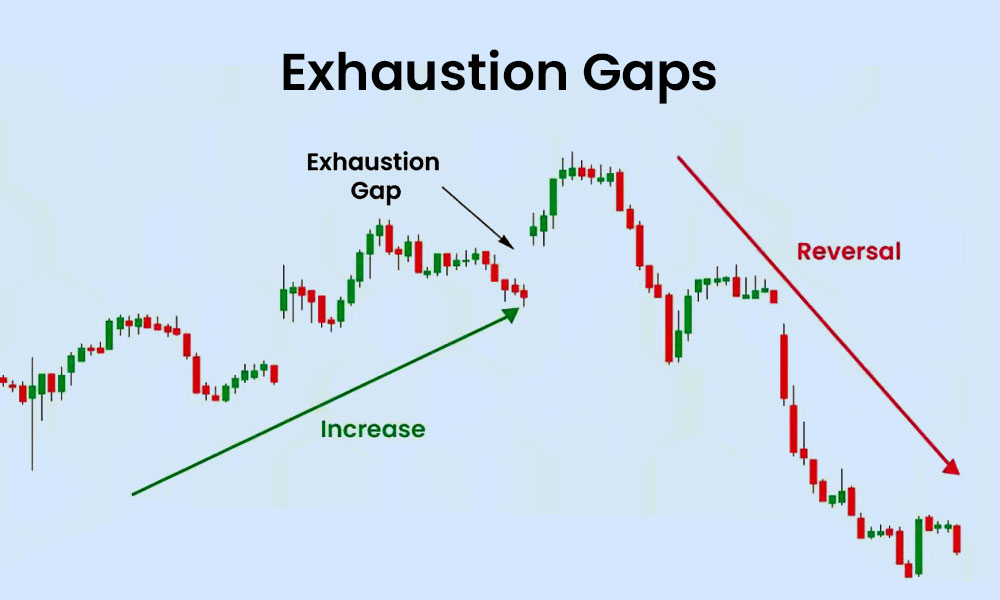
By ATGL
Updated August 22, 2025
TradingView has become the standard charting platform for retail traders who rely on technical indicators for daily decision-making. The platform provides hundreds of built-in studies and thousands of community scripts, along with the flexibility to customize indicators for different strategies. With so many choices available, the challenge is knowing which indicators actually improve trade setups and which create unnecessary noise.
This guide highlights the best TradingView indicators that consistently support swing traders, short-term traders, and anyone looking to improve the timing and accuracy of their trades. Each indicator is explained in terms of function, application, and how it can be combined with others for stronger confirmation.
How To Choose the Best TradingView Indicators for Your Trading Style
The best TradingView indicator depends on your trading approach. A swing trader who holds positions for several days often benefits from a combination such as EMA + RSI + Volume Profile, which captures overall trend, momentum, and participation levels. In contrast, a short-term scalper seeking intraday reversals may find VWAP + MACD more effective, since these tools focus on price relative to fair value and short-term momentum shifts.
10 Best TradingView Indicators You Should Use
The following indicators were selected based on clarity of signals, ability to confirm market direction, and reliability in different market environments.
1. EMA (Exponential Moving Average)
The EMA places greater weight on recent price action, making it more responsive than a simple moving average. Traders commonly use the 20-period and 50-period EMAs to track short- and medium-term trends.
When price trades above the 50 EMA, the trend is considered bullish, while a close below often signals weakness. Crossovers between the 20 and 50 EMAs are frequently used as entry or exit signals. For swing traders, the EMA also acts as a dynamic support or resistance level.
2. MACD (Moving Average Convergence Divergence)
The MACD is a momentum oscillator that highlights trend direction and potential reversals. It uses two EMAs (usually 12 and 26 periods) and a signal line to generate crossovers.
When the MACD line crosses above the signal line, momentum is shifting upward, while the opposite suggests weakness. Traders often confirm setups by checking whether the MACD histogram is expanding, which reflects strength in the trend.
3. RSI (Relative Strength Index)
RSI is one of the most widely used momentum indicators. It measures the speed and magnitude of price changes, oscillating between 0 and 100. Values above 70 often suggest overbought conditions, while readings below 30 suggest oversold territory.
Rather than treating these levels as automatic reversal signals, traders should combine RSI with trend analysis. For example, during a strong uptrend, RSI may remain elevated for extended periods, which should not be mistaken for a short signal.
4. Bollinger Bands
Bollinger Bands plot standard deviation levels around a moving average, helping traders measure volatility. When the price touches the upper band, the asset may be considered extended, while touches at the lower band suggest potential support.
Swing traders use bands to anticipate breakouts. A squeeze, where the bands contract, signals reduced volatility and often precedes a significant price move. This makes Bollinger Bands particularly useful when paired with momentum tools like RSI.
5. LuxAlgo Signals
LuxAlgo is a popular community script on TradingView that generates buy and sell signals based on a blend of volatility, trend, and momentum filters. Unlike standard indicators, it attempts to remove market noise by showing only high-probability signals.
Although no tool is flawless, LuxAlgo can be valuable when combined with moving averages or volume confirmation. Traders often use it to refine entries within broader trend setups.
6. QQE Mod Indicator
QQE Mod (Quantitative Qualitative Estimation) enhances RSI with smoothed moving averages and volatility bands. It highlights momentum shifts more clearly than RSI alone.
When the QQE line crosses above its signal, it often confirms trend continuation. Traders value QQE Mod for filtering false signals, especially in sideways markets where RSI alone may be less reliable.
7. Volume Profile or VWAP
Volume indicators confirm whether price moves have strength behind them. The Volume Profile shows the price levels where the most trading activity occurred, often acting as support or resistance.
VWAP (Volume-Weighted Average Price) provides the average trading price weighted by volume. Intraday traders use VWAP to identify whether the price is trading above or below fair value, which helps guide entries and exits.
8. Pivot Points / Support & Resistance Levels
Pivot points automatically calculate potential reversal levels based on prior price action. They are widely used for determining entry and exit targets. On TradingView, traders can overlay pivot levels or manually mark key support and resistance zones, which is a core part of identifying trends and validating market direction.
These levels are especially valuable when paired with momentum indicators, confirming whether a breakout has strength or is likely to fail.
9. SuperTrend Indicator
SuperTrend overlays a line on the chart that shifts according to volatility and trend direction. When the price closes above the SuperTrend line, it signals a bullish environment. A close below shifts the line above price and signals weakness.
This indicator is simple but effective for trailing stops and defining trade direction, especially when combined with EMA or MACD.
10. Ichimoku Cloud
The Ichimoku Cloud is a comprehensive indicator that provides trend direction, momentum, and support/resistance zones in a single view. Its cloud component visually defines bullish or bearish territory.
Traders often use Ichimoku for swing setups, since it confirms multiple factors at once. For example, a bullish setup is confirmed when the price is above the cloud, the Tenkan line is above the Kijun line, and the lagging span supports the move.
Boost Your Trading Confidence With Smarter Indicator Combinations
Using a single indicator rarely delivers consistent results. The most effective approach is combining complementary technical indicators that confirm one another. For instance:
- EMA + MACD + RSI: Aligns trend direction, momentum shifts, and overbought/oversold conditions.
- VWAP + SuperTrend: Helps scalpers manage entries within intraday trend direction.
- Bollinger Bands + QQE Mod: Improves timing around volatility breakouts.
On TradingView, accessing these tools is straightforward. Simply click on the “Indicators” tab at the top of your chart, then type the name of the indicator into the search bar. You can save favorite combinations as templates for future use.
By combining the right indicators, traders reduce false signals, improve entry precision, and gain greater confidence in managing positions.
Selecting the right TradingView indicators depends on aligning tools with your strategy and trading timeframe. Indicators like EMA, MACD, RSI, and Bollinger Bands form the foundation of technical analysis. Community scripts such as LuxAlgo and QQE Mod add refinement, while tools like Volume Profile, SuperTrend, and Ichimoku provide additional confirmation.
If you want systematic trade ideas and deeper insights into indicator-based strategies, an Above the Green Line membership provides structured resources and real-time setups designed to strengthen your trading process. Joining gives you access to proven models, annotated charts, and continuous updates that help you trade with greater confidence.


